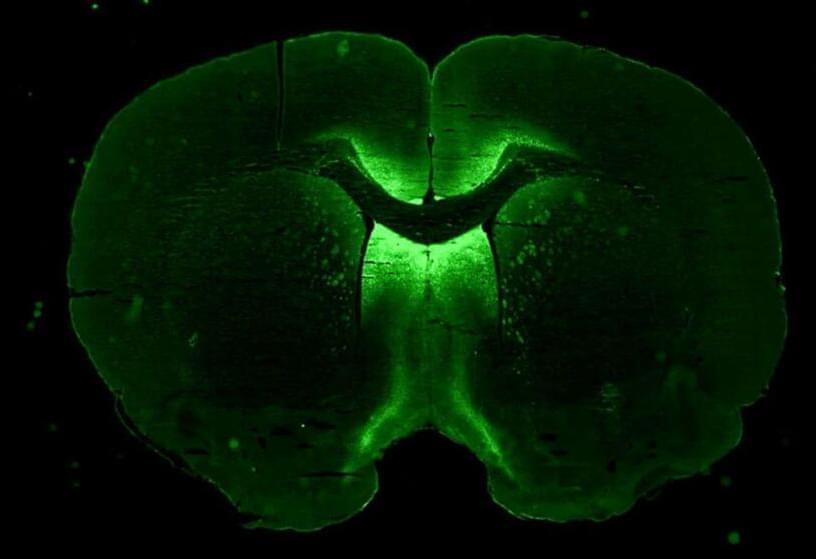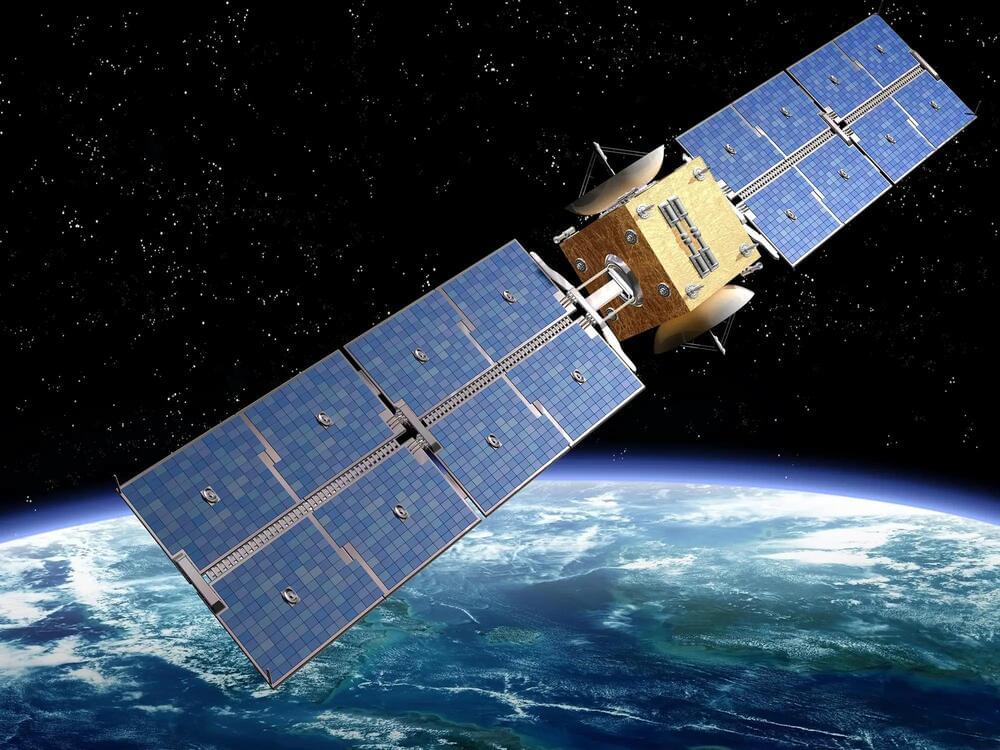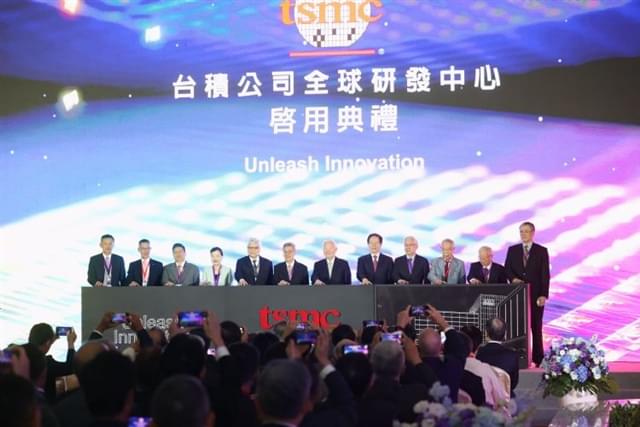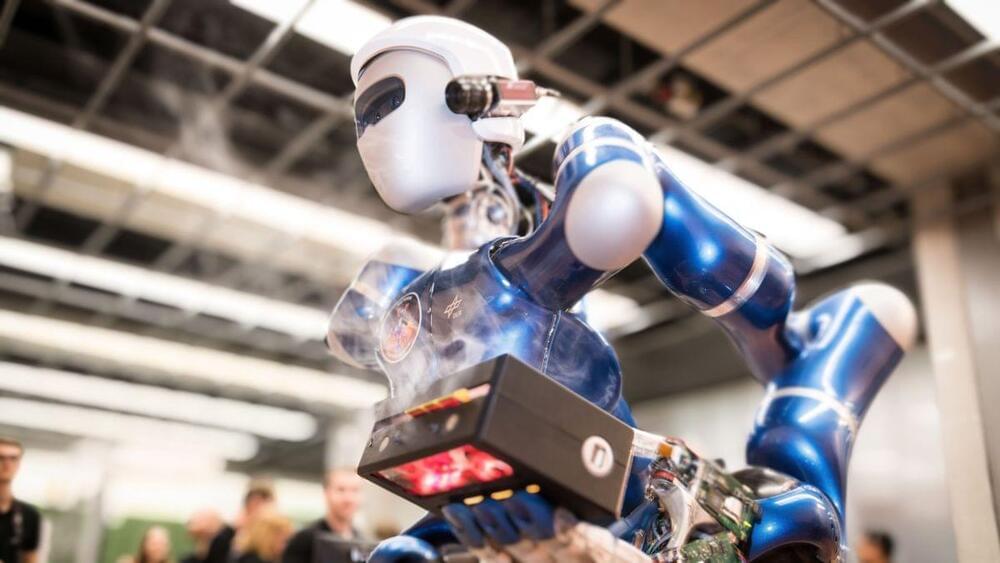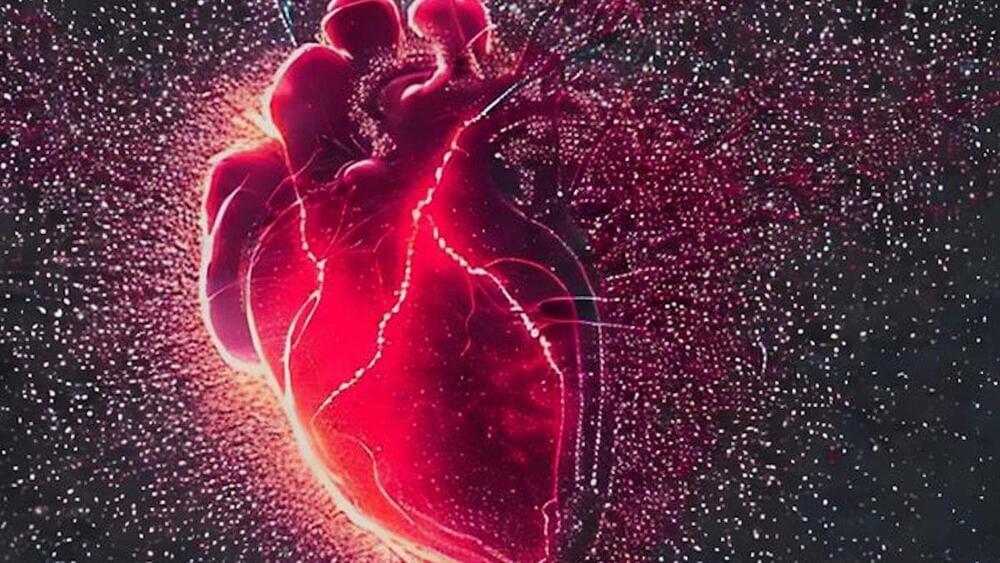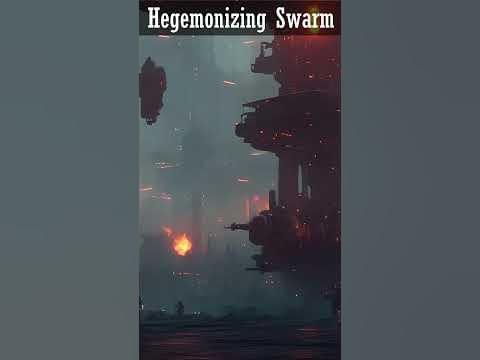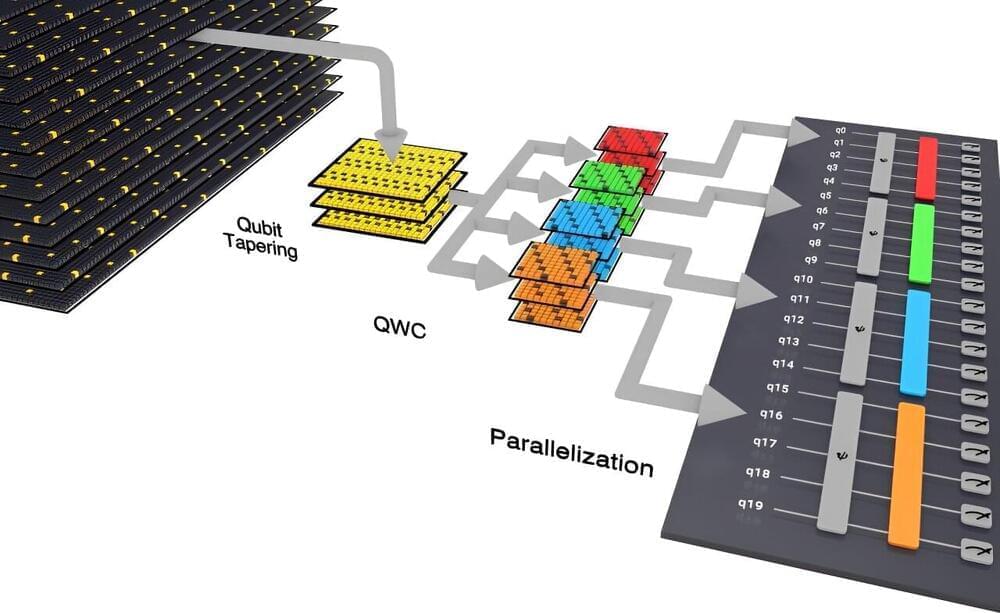An upcoming resupply mission to the International Space Station will include stem cells destined to be grown into tiny, 3D models of the human brain.
How do we communicate with spacecraft? For decades, satellites have beamed data back to Earth by way of radio waves, with a network of ground-based antennas collecting the incoming information. Now, we’re exploring laser communications, technology that will allow us to receive more data from farther than ever before — faster, too. NASA space communications expert Risha George tells us more. Credit: NASA
NASA is also developing ways to communicate with invisible infrared lasers.
Laser communications offer missions higher data rates than ever before, allowing us to transmit more data at once.
A new solar-powered high-altitude drone has successfully navigated a stratospheric test, opening the door to a new set of possibilities for unmanned vehicles, not least in modern warfare.
The PHASA-35 solar and battery-powered unmanned aerial system reached an altitude of 66,000 feet during a 24-hour test flight launched from New Mexico in June, British defense giant BAE Systems said in mid-July.
The stratospheric test, which comes after the system’s maiden flight back in 2020, “marks a significant milestone” in the development program started in 2018, BAE said in a press release.
WASHINGTON, July 27 (Reuters) — The Department of Energy said on Thursday it is accepting applications from states and territories for $8.5 billion in rebate programs for upgrades in U.S. homes that aim to lower energy bills and increase energy efficiency.
The rebates for items including insulation, heat pumps, and efficient appliances will be available to consumers after states and territories apply for and get funds from the department. The two rebate programs were funded by President Joe Biden’s Inflation Reduction Act that fellow Democrats in Congress passed last year without a single Republican vote.
The rebate programs will save up to $1 billion a year in energy costs and support about 50,000 jobs in construction, manufacturing and other businesses, the department said.
TSMC inaugurates its Global Research and Development Center, a building it proclaimed as the ‘Bell Labs in Taiwan’ in Hsinchu on July 28. The building will house more than 7,000 R&D talents of the company to develop cutting-edge 2 nm, 1.4 nm, and even more advanced semiconductor technologies in new materials and transister architectures.
A massive galaxy has created a rare distortion in the path of light that has traveled billions of years to reach us from a more distant galaxy.
It’s called an Einstein cross – when the curvature of space-time around a massive foreground object splits the light behind it into four, like the points of a cross. Its confirmation and analysis adds to a slowly growing catalog of these rare alignments, which can help us better understand the more distant reaches of the Universe.
A paper detailing the system has been accepted by The Astrophysical Journal Letters, and is available on preprint resource arXiv.
Robot Rollin’ Justin is a pioneer in testing how astronauts can control a machine on another world. He just finished a test on simulated sands of a Mars-like world.
By harnessing magnetic and acoustic fields, the PULSE project is developing 3D-printed hearts that’ll be launched to the ISS in 2027.
Hegemonizing Swarms
Posted in futurism
A Hegemonizing Swarm is a hypothetical living weapon, or self-replicating machine, which seeks to turn every last available bit of matter into more of itself…
Using the full capabilities of the Quantinuum H1-1 quantum computer, researchers from the Department of Energy’s Oak Ridge National Laboratory not only demonstrated best practices for scientific computing on current quantum systems but also produced an intriguing scientific result.
By modeling singlet fission —in which absorption of a single photon of light by a molecule produces two excited states —the team confirmed that the linear H4 molecule’s energetic levels match the fission process’s requirements. The linear H4 molecule is, simply, a molecule made of four hydrogen atoms arranged in a linear fashion.
A molecule’s energetic levels are the energies of each quantum state involved in a phenomenon, such as singlet fission, and how they relate and compare with one another. The fact that the linear molecule’s energetic levels are conducive to singlet fission could prove to be useful knowledge in the overall effort to develop more efficient solar panels.
